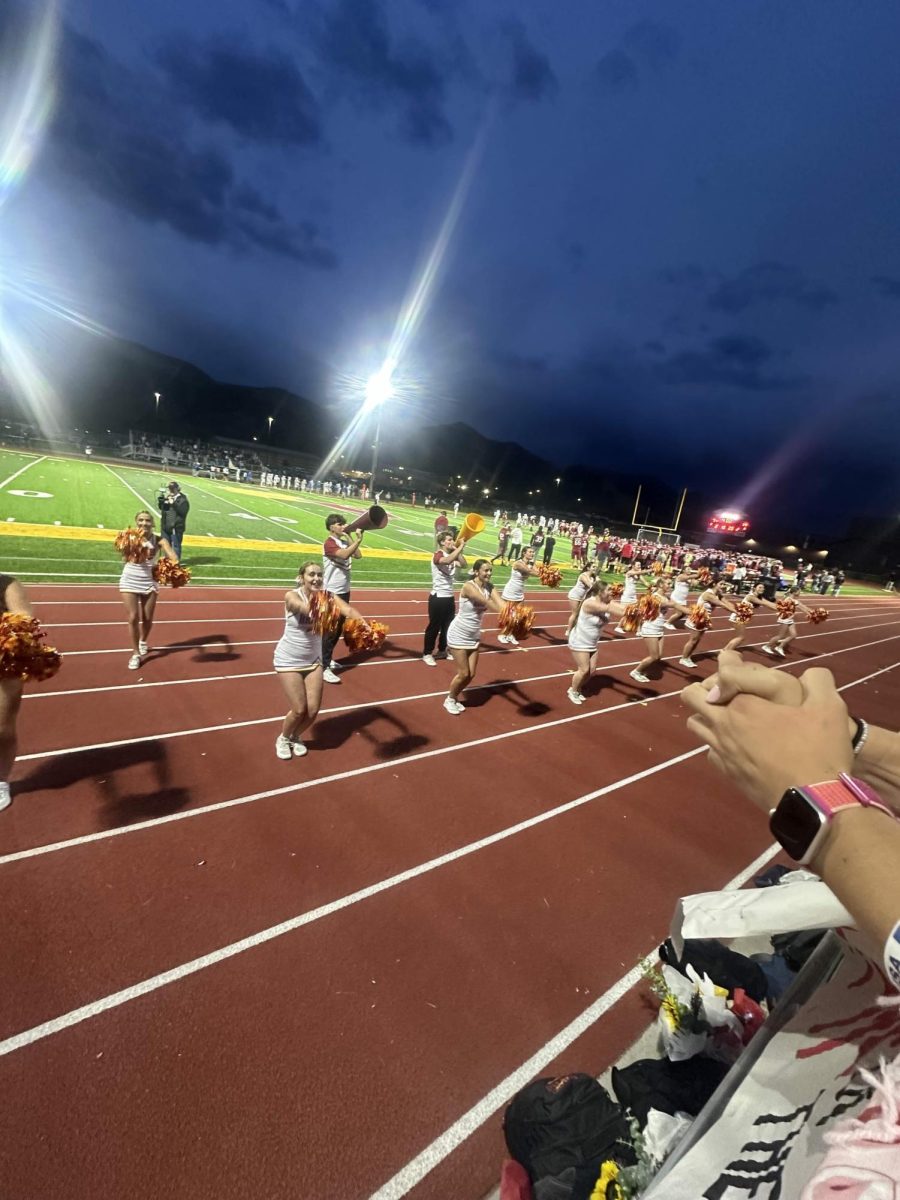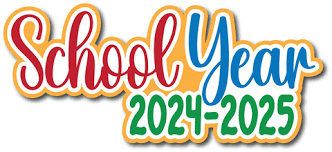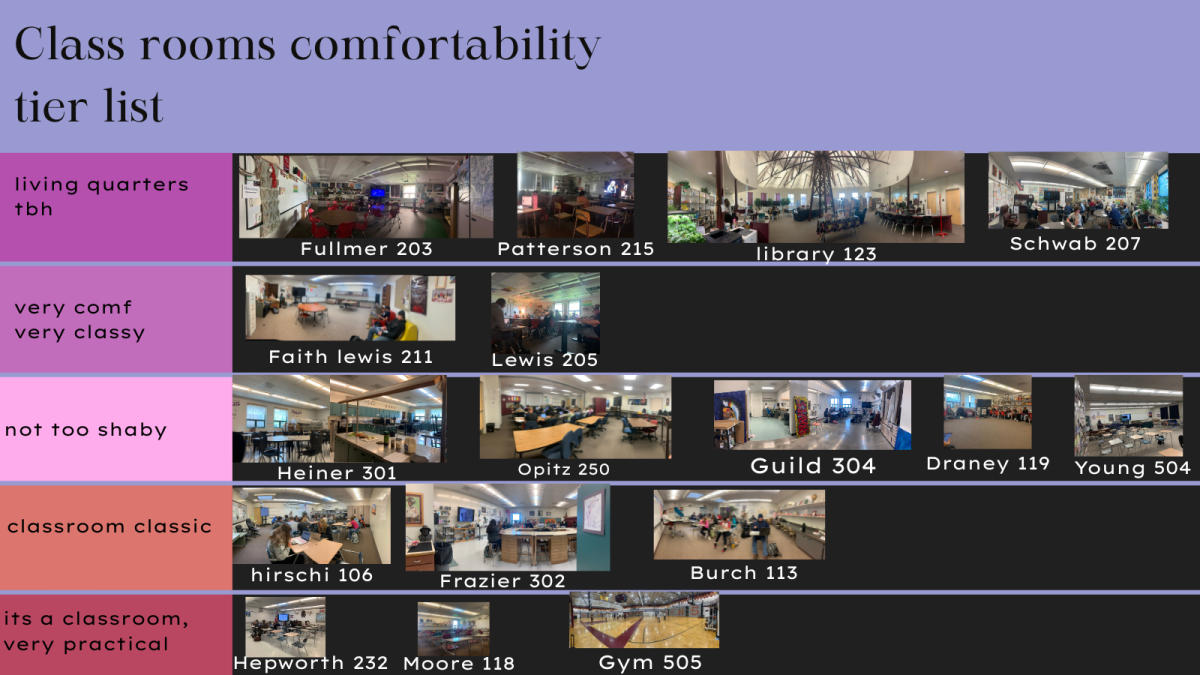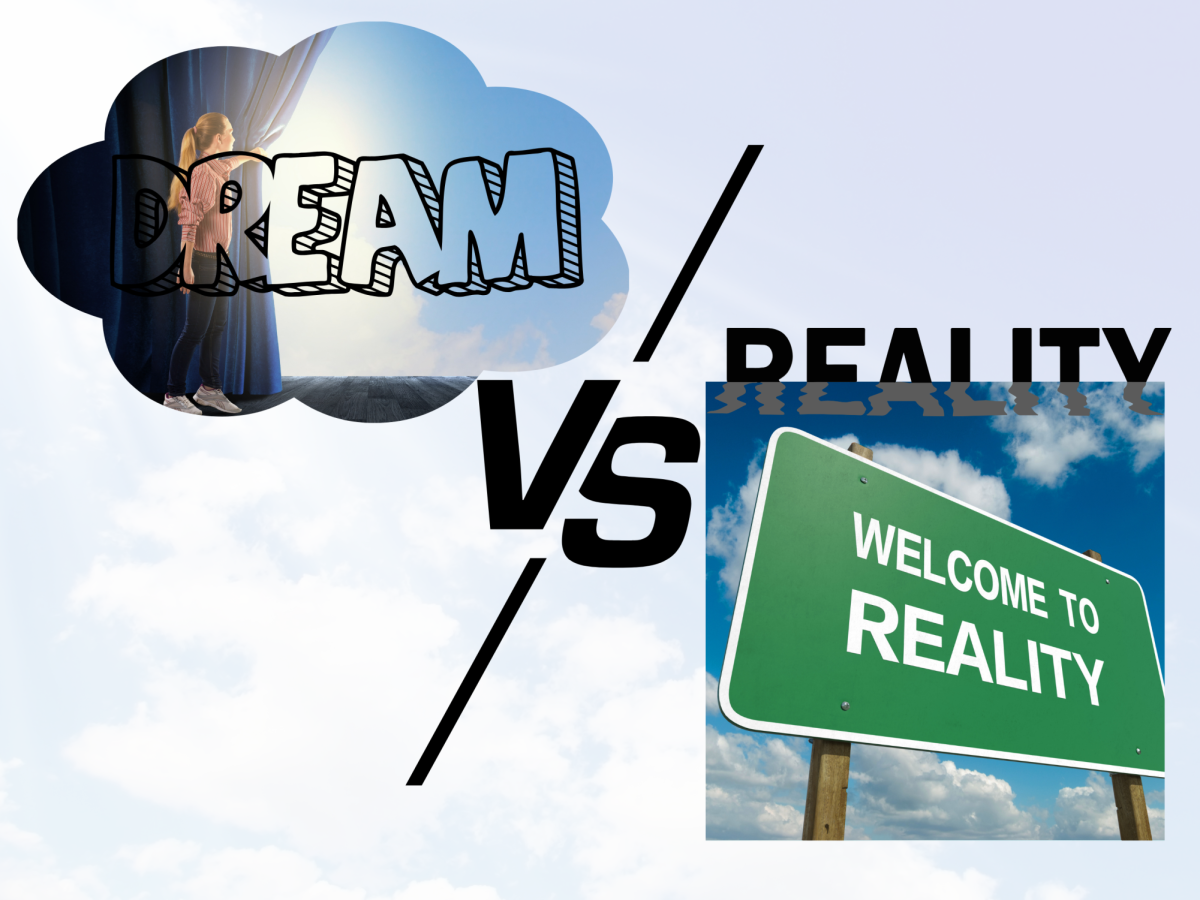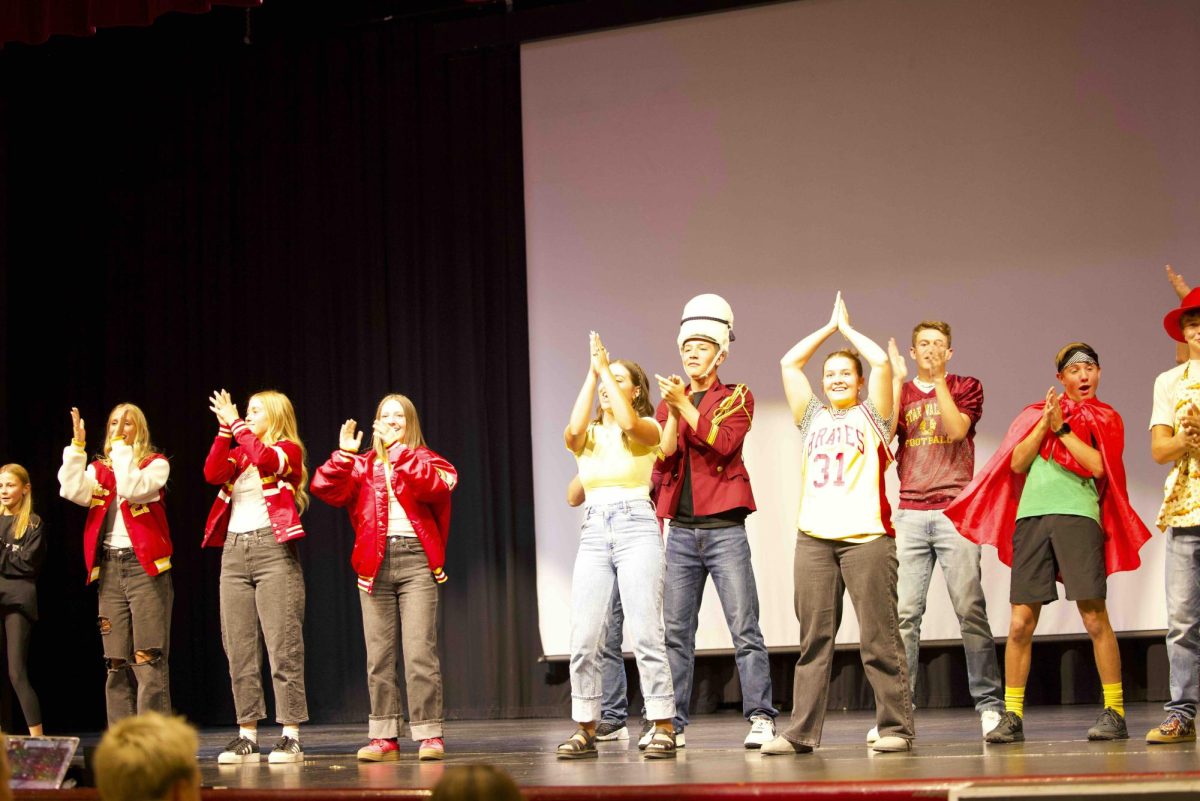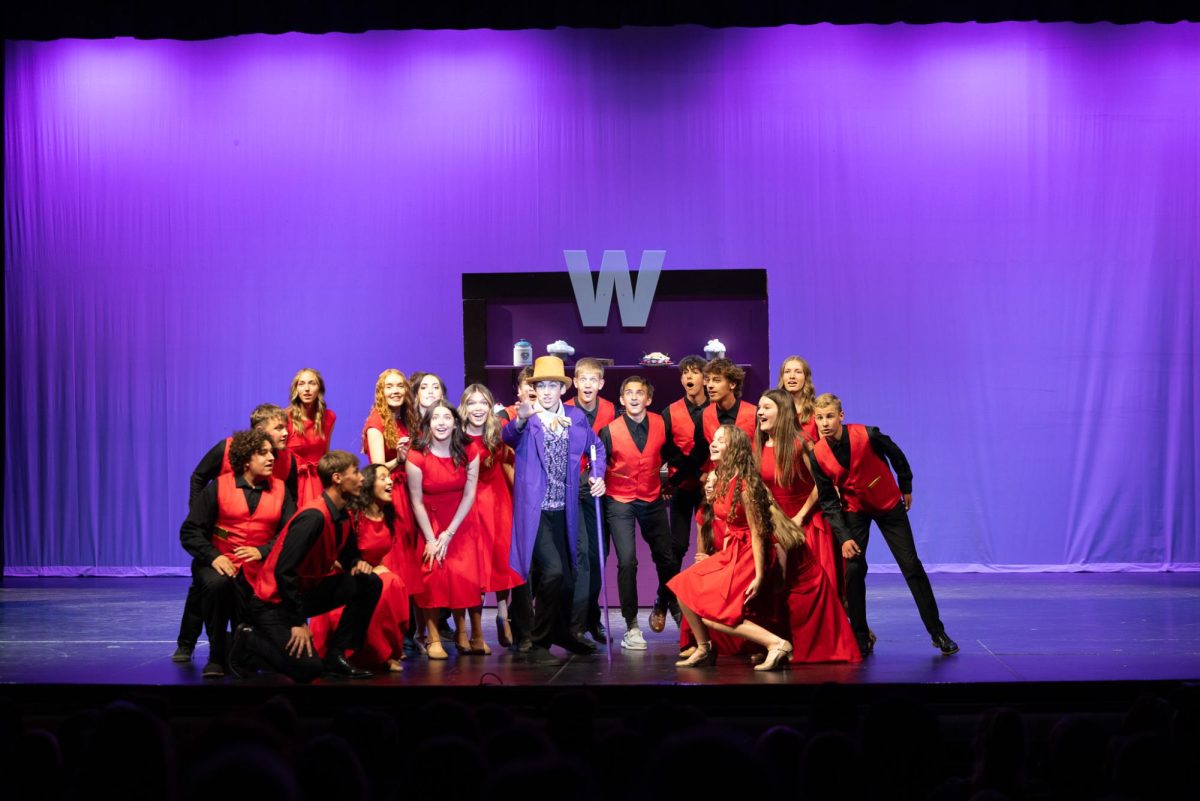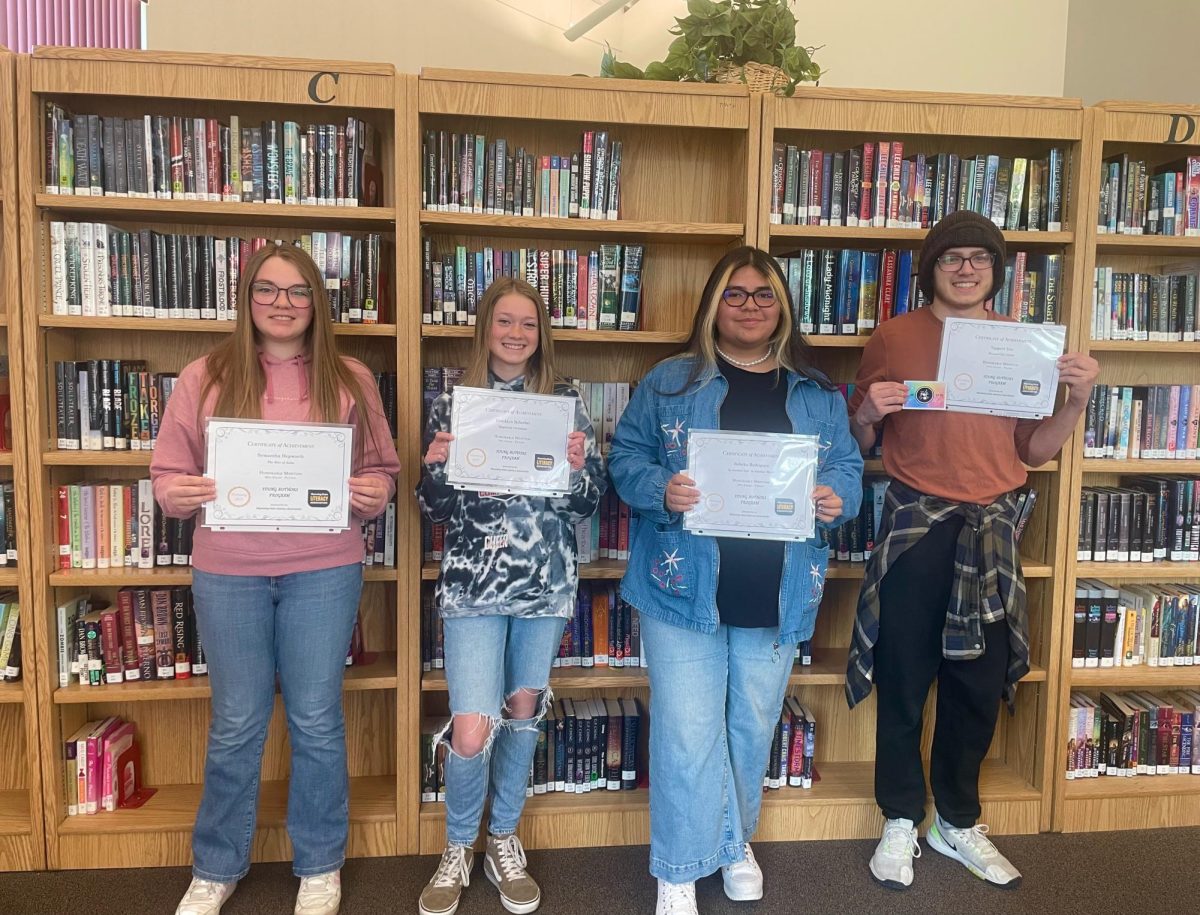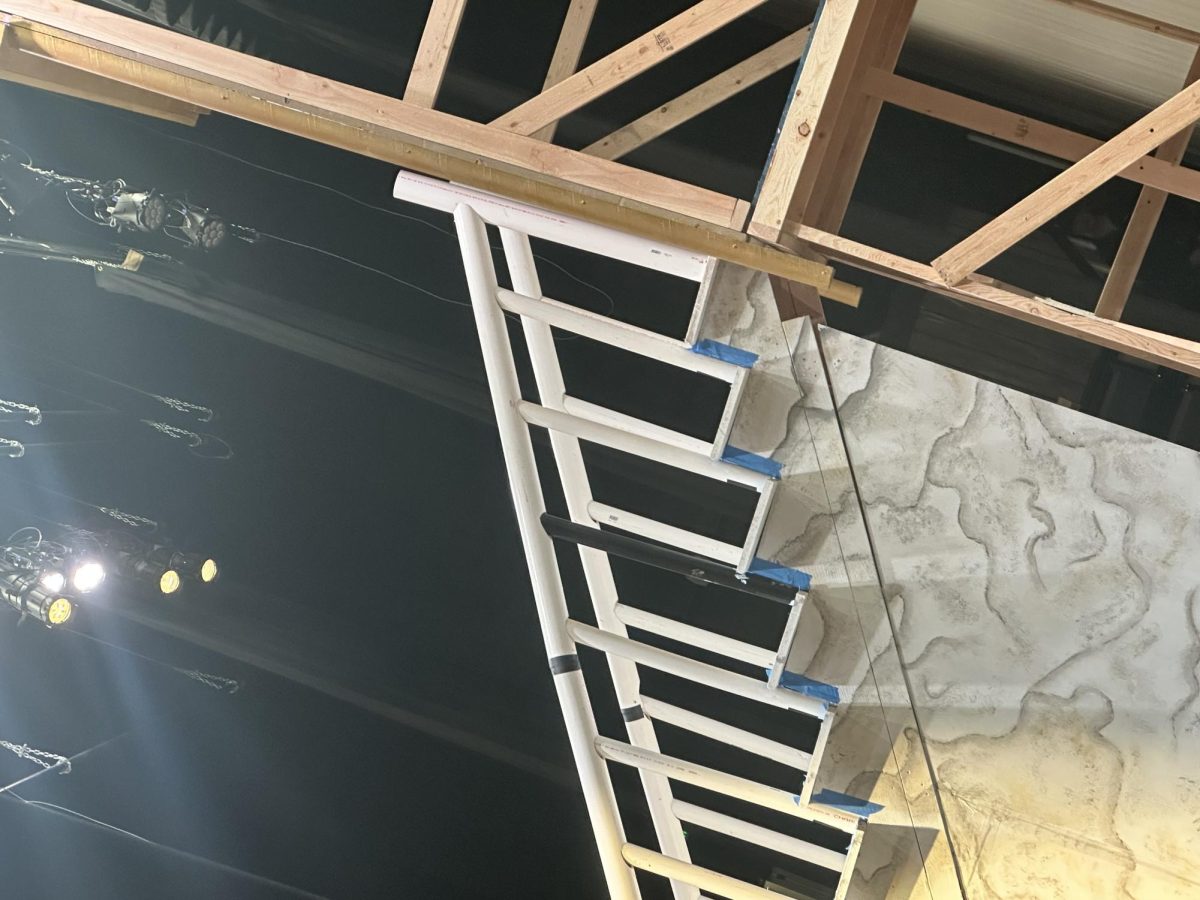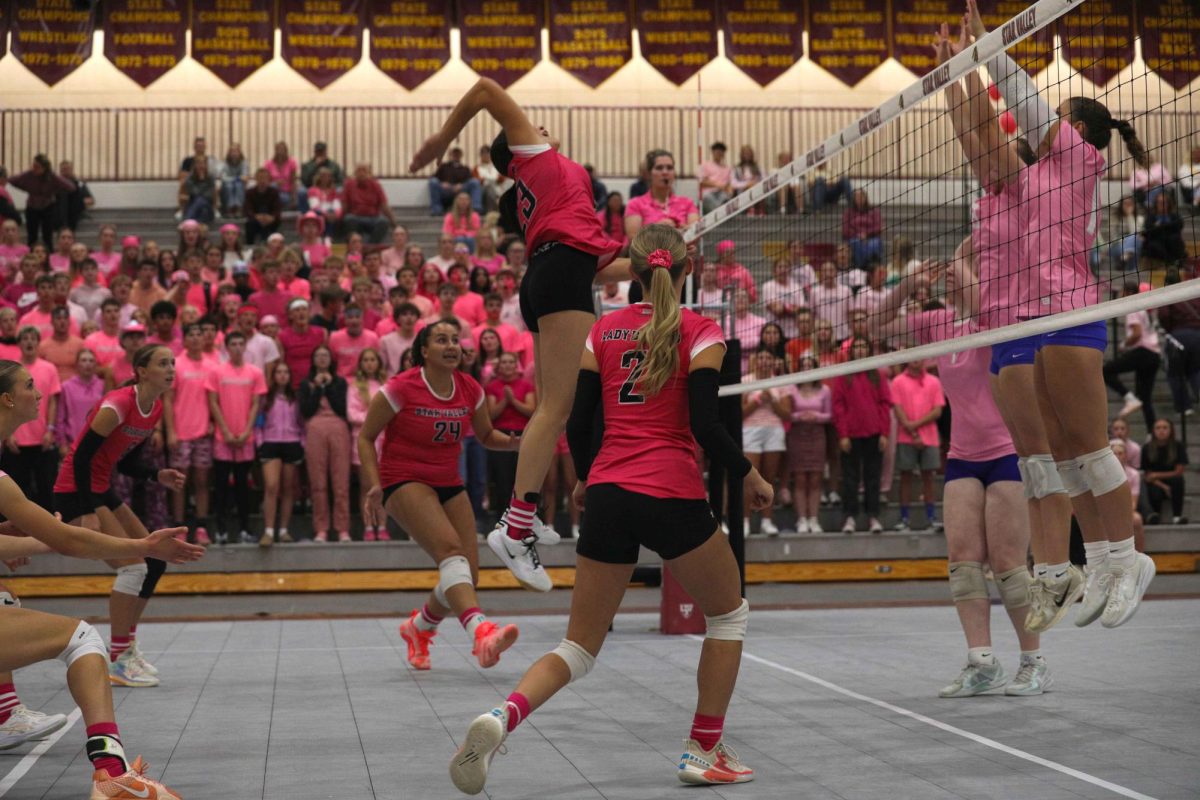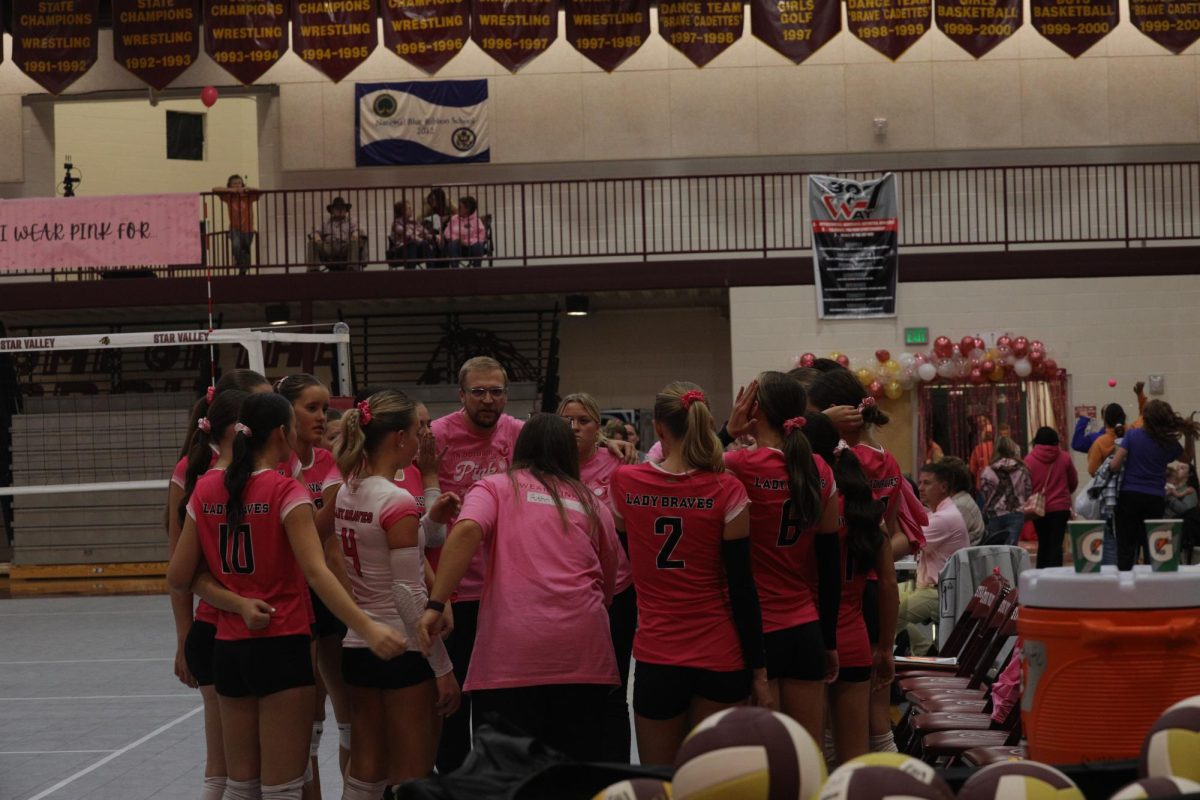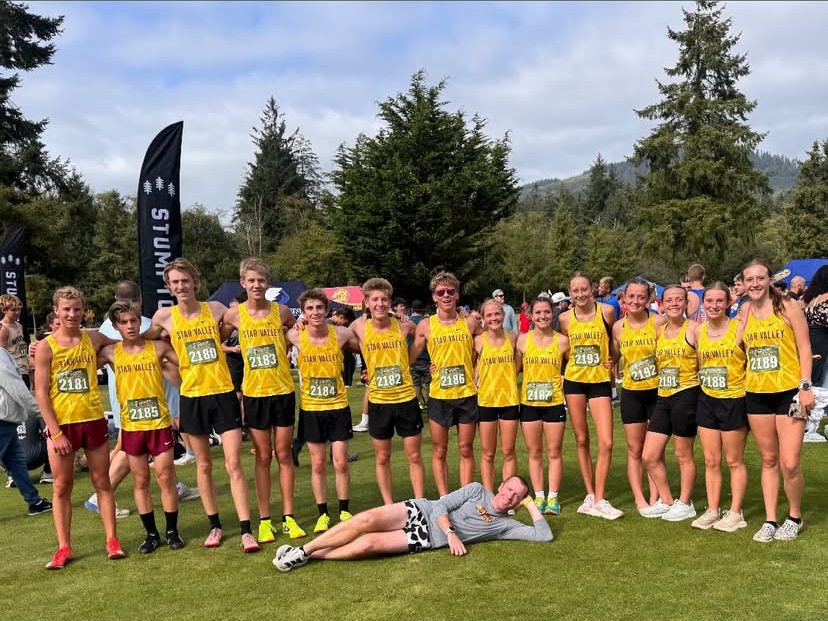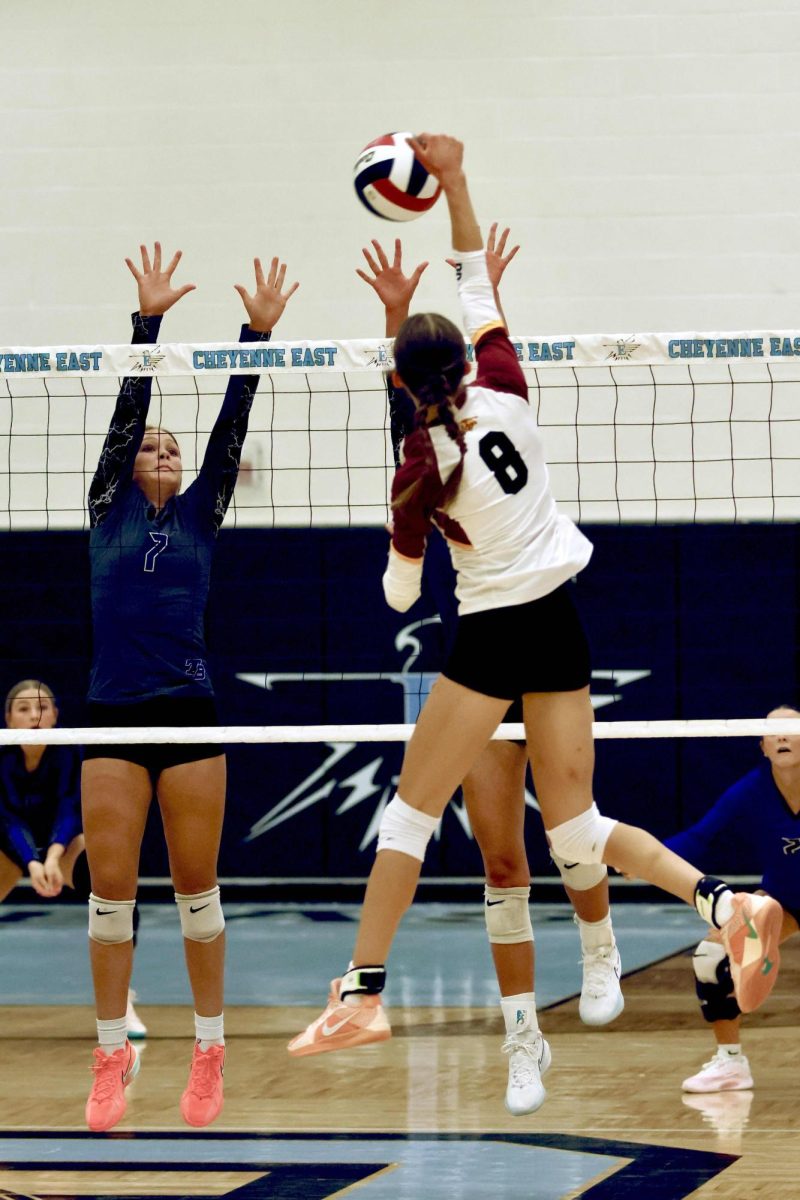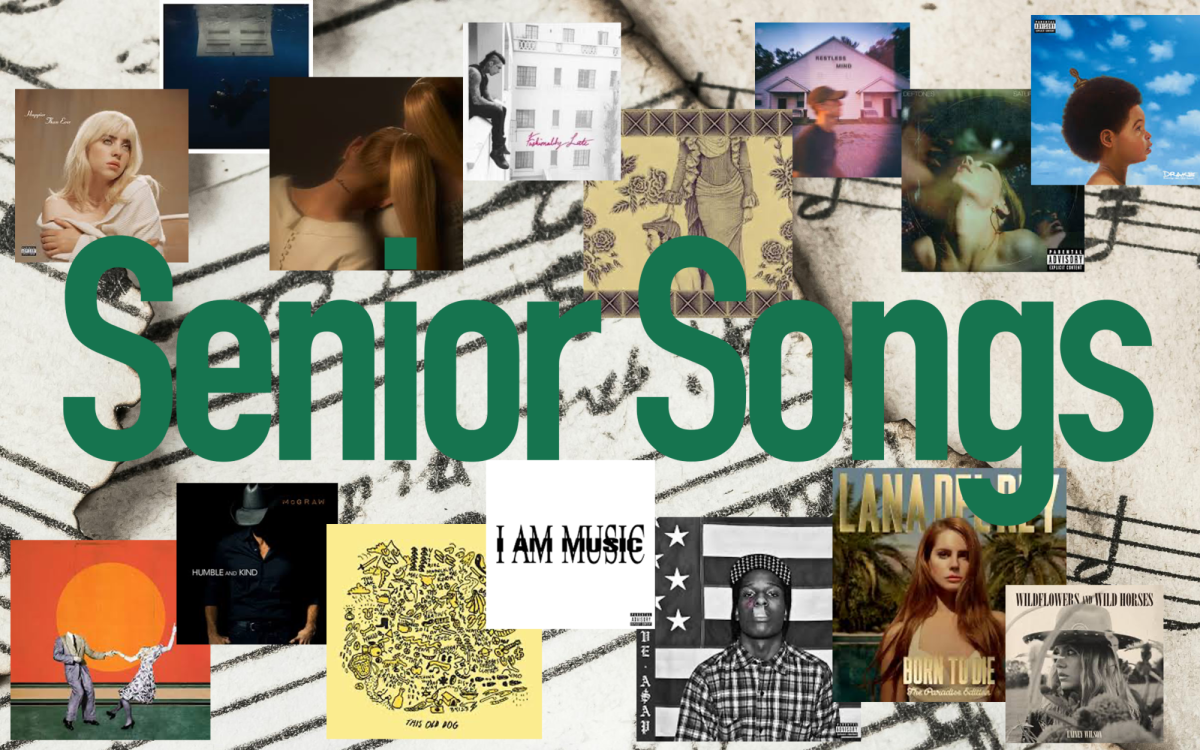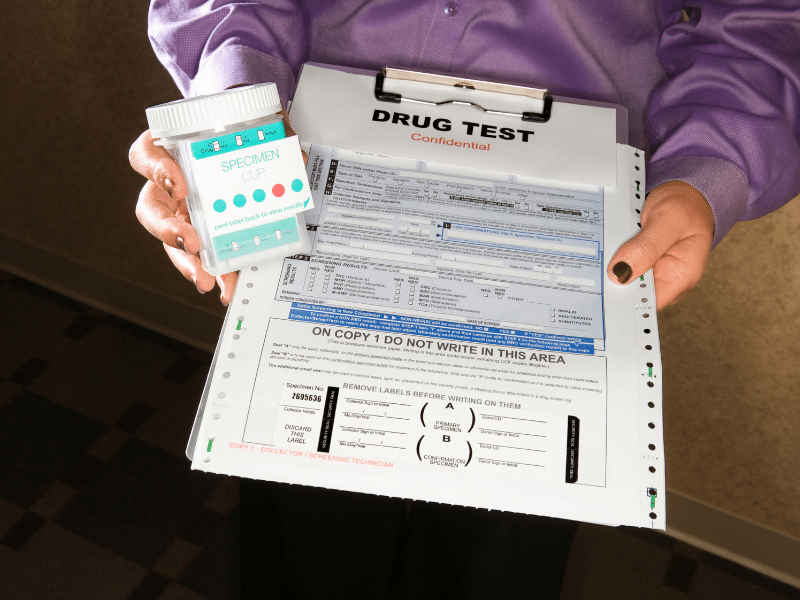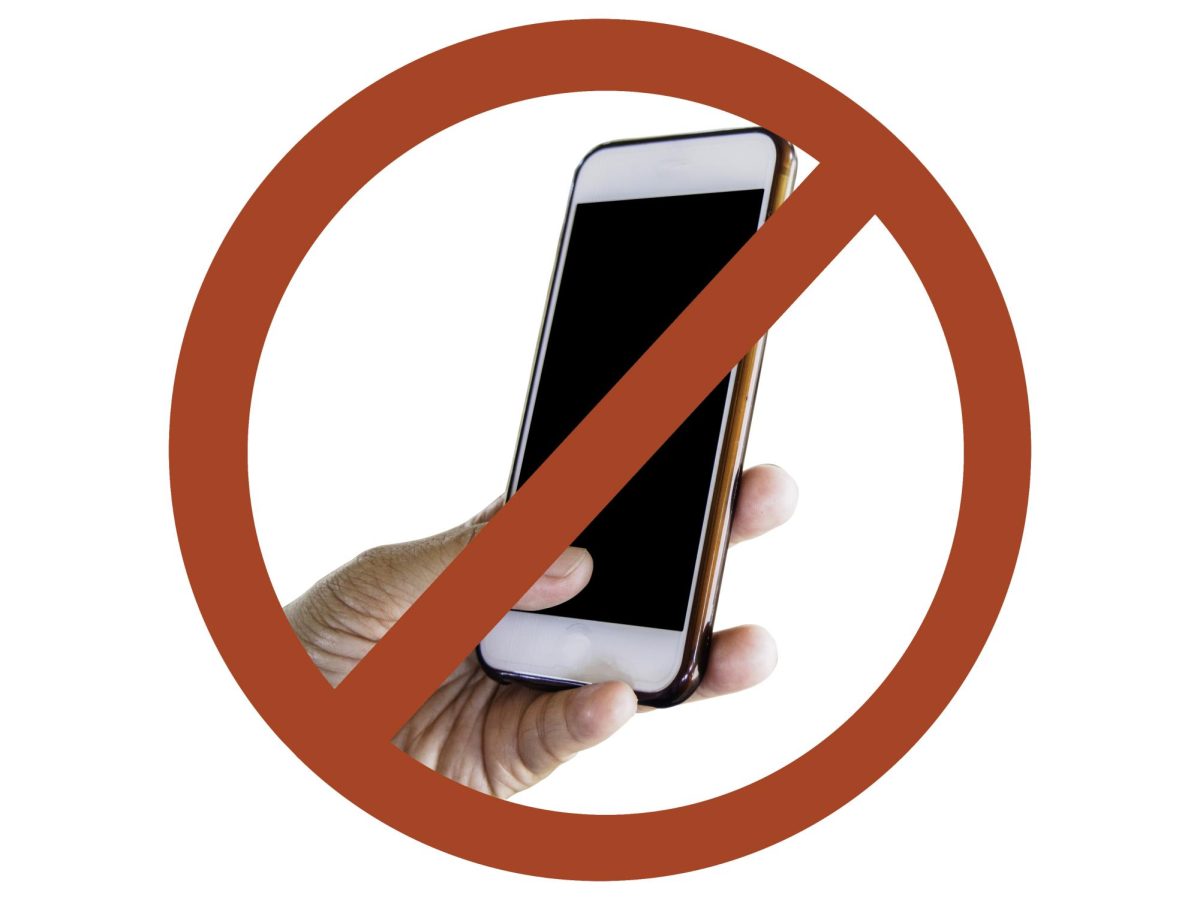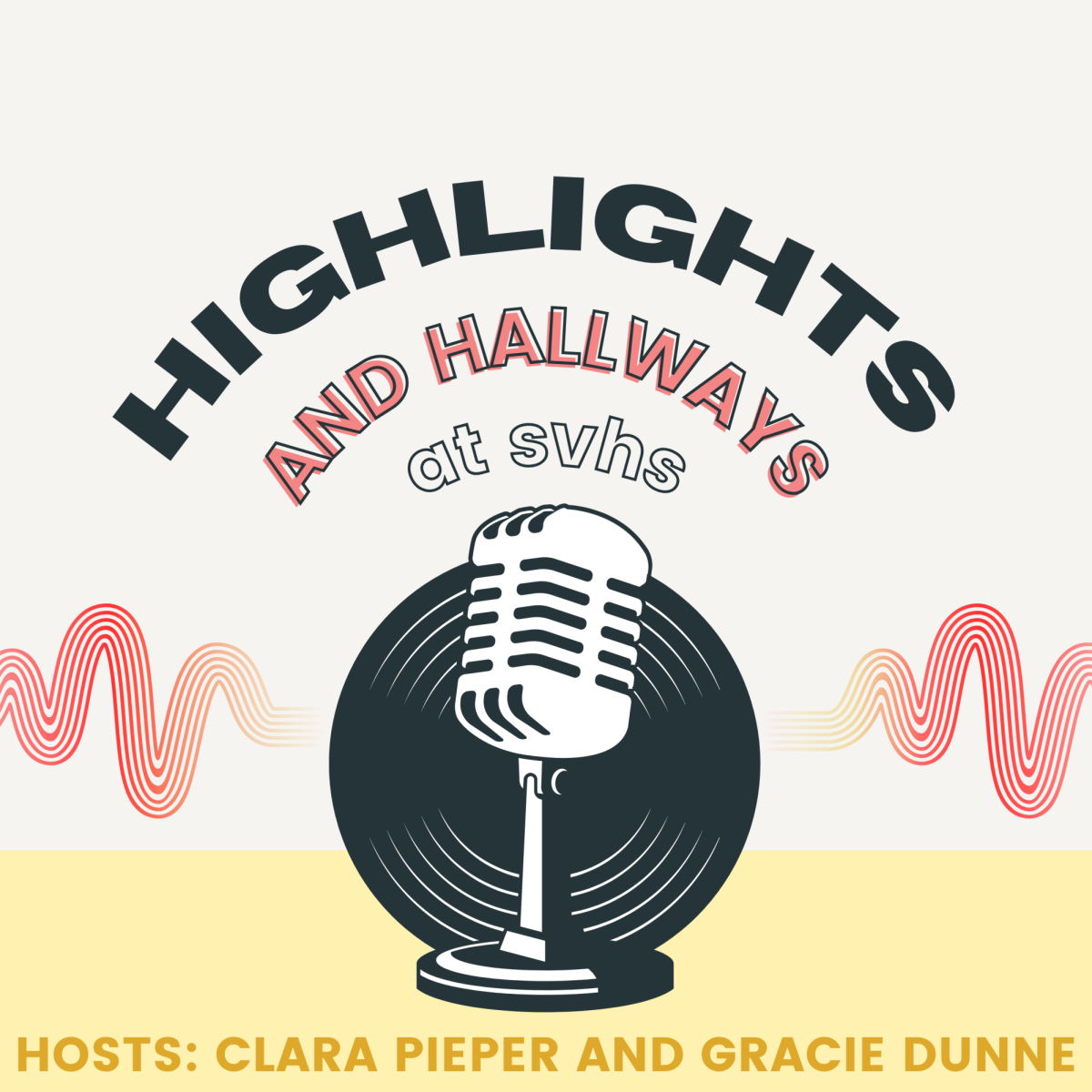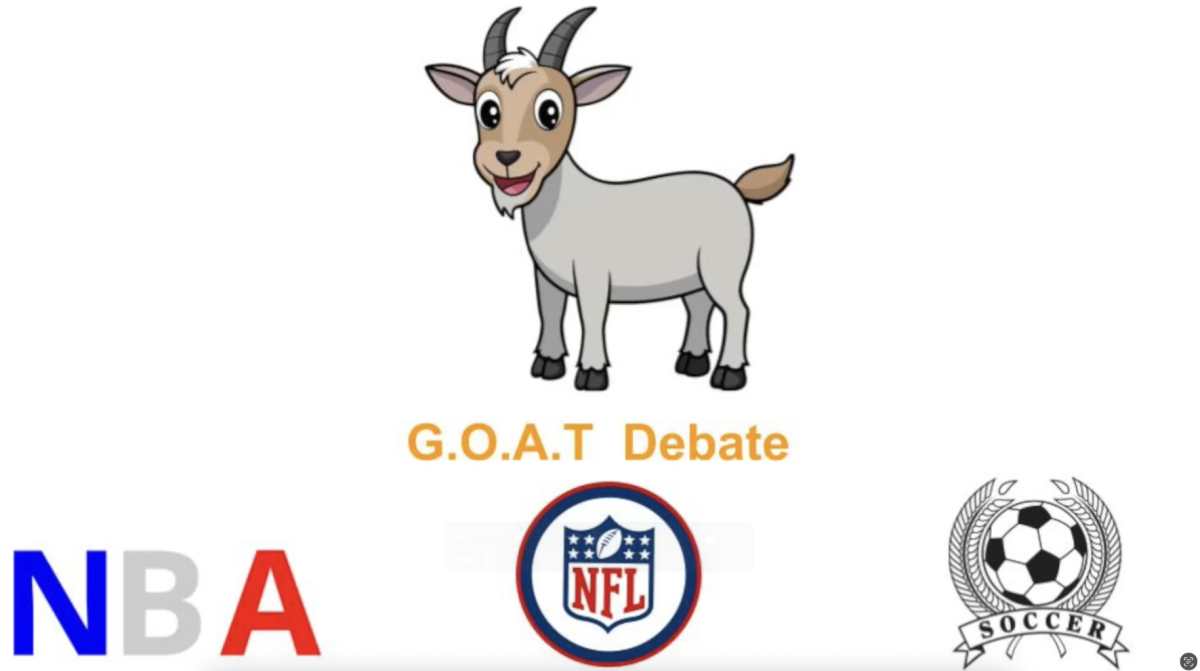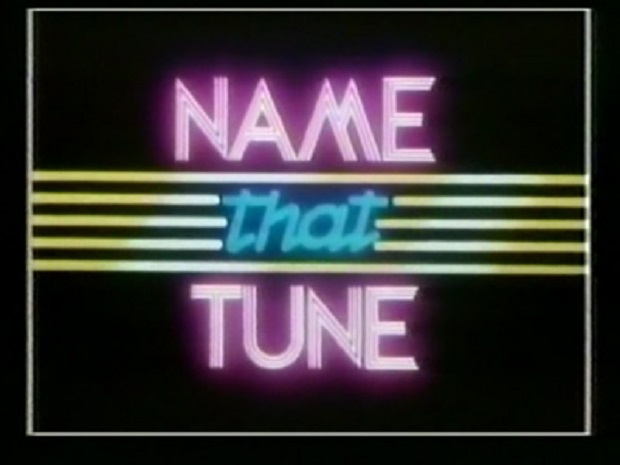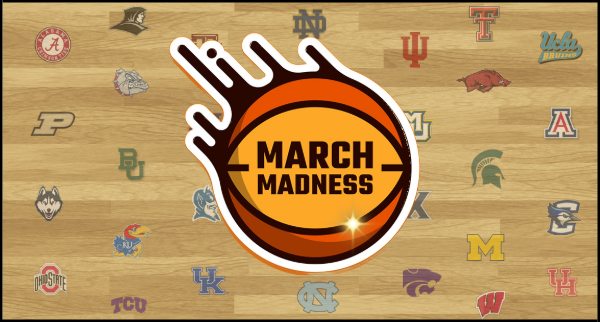Artificial intelligence has recently become a hot topic in schools. While AI can be a powerful tool, it’s also become a new way for students to cheat. As a student myself, I’ve seen firsthand how AI is starting to become a real problem in classrooms. Some students are using AI to complete entire assignments and turning them in without a second thought. And with many types of assignments, it’s hard for teachers to prove when AI is being used. This creates a serious issue—students are passing classes without actually learning the material.
In this editorial, I’ll break down the facts and share my personal opinion about the role of AI in classrooms today.
For me, AI is helpful when it comes to finding sources or information faster. But you always have to double-check what it gives you—AI doesn’t always get things right. I think the best way to use AI is to ask it for sources and then verify that those sources are accurate and actually useful. This makes it easier to study or prep for an assignment without having AI do the entire thing for you. That’s how I try to use AI—more as a tool than a shortcut.
One major development has been the rise of AI detectors, which help teachers spot when a student might be submitting AI-generated work. These detectors make it harder for students to just copy and paste an entire essay and swap out a few big words to make it sound more human. But even with AI detectors, students can still use AI to find answers for math, science, or other assignments. The truth is, AI is making some students dependent. Without it, they would take much longer to finish an assignment and probably get a lower grade. In some classrooms, AI use has gotten so out of hand that teachers have had to completely block it to prevent cheating.
Lately, more schools across the country have started requiring students to disclose how they use AI in their work. The problem is, AI use is still hard to track, and a lot of students might just say they didn’t use it—even if they did. Fixing this issue isn’t going to happen overnight. It might take years. When web browsers and Wikipedia first became popular, schools had to deal with a rise in plagiarism. Over time, though, students learned how to use online sources responsibly—by citing them and not passing off someone else’s work as their own. I think we’ll eventually see something similar happen with AI. It will take time, but we’ll likely reach a point where AI is used in a more healthy and controlled way in schools.
Here’s what some of my classmates think about AI:
“I think that it can be helpful and actually help us learn if we use it right. It’s gonna be a part of our future life, so we might as well learn how to use it in school,” says sophomore Ben Hirschie.
Sophomore John Murray adds, “AI is more commonly abused than used correctly. I think AI shouldn’t be as available as it is, and students should be taught to use their brain power over the complex workings of a computer.”
The truth is, the next few years might be rough when it comes to AI in schools. Students using AI to do their whole assignments isn’t going to stop anytime soon. But over time, I believe things will improve. Eventually, AI will be used in a way that actually supports learning—it’s just going to take some work to get there.

